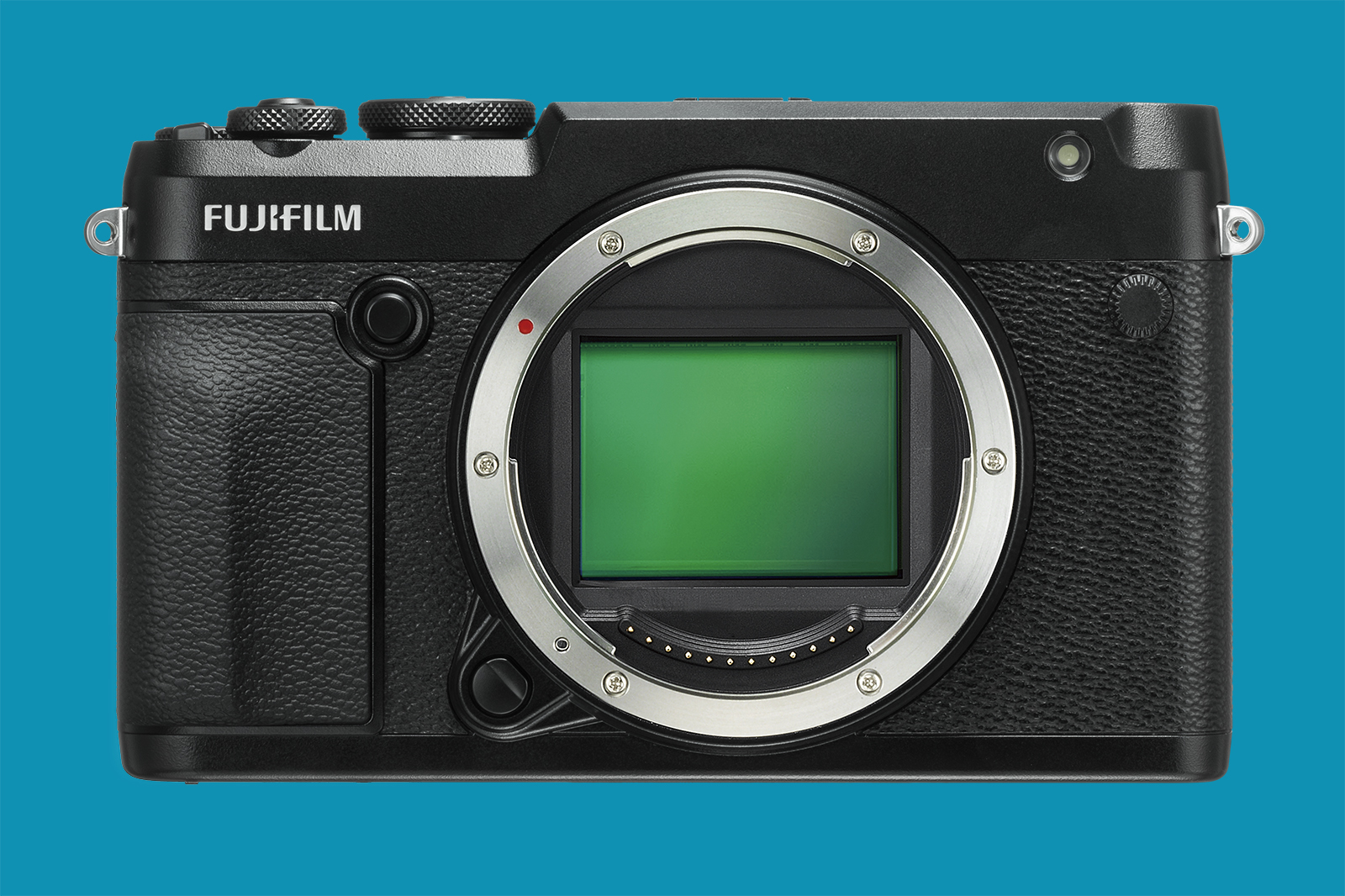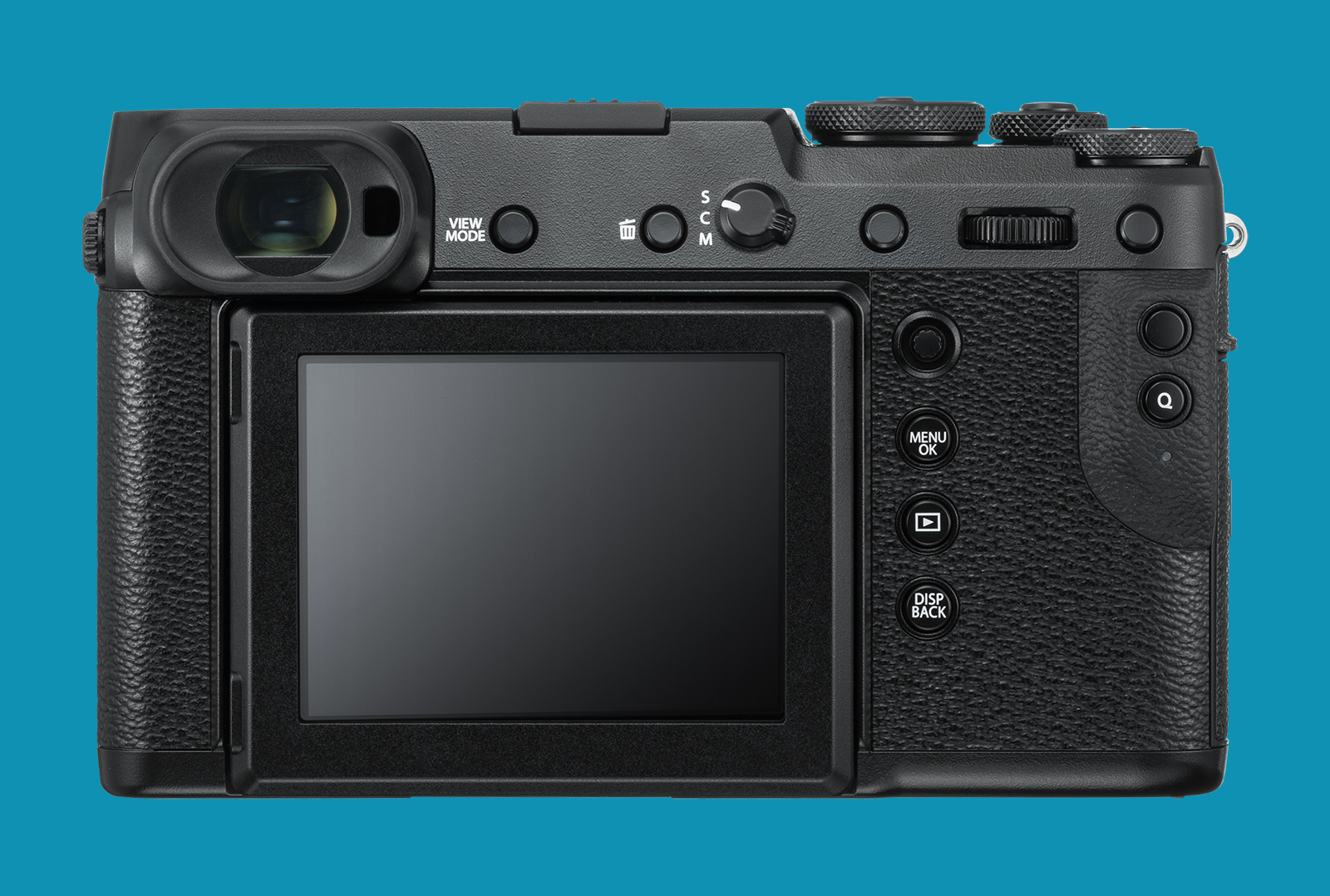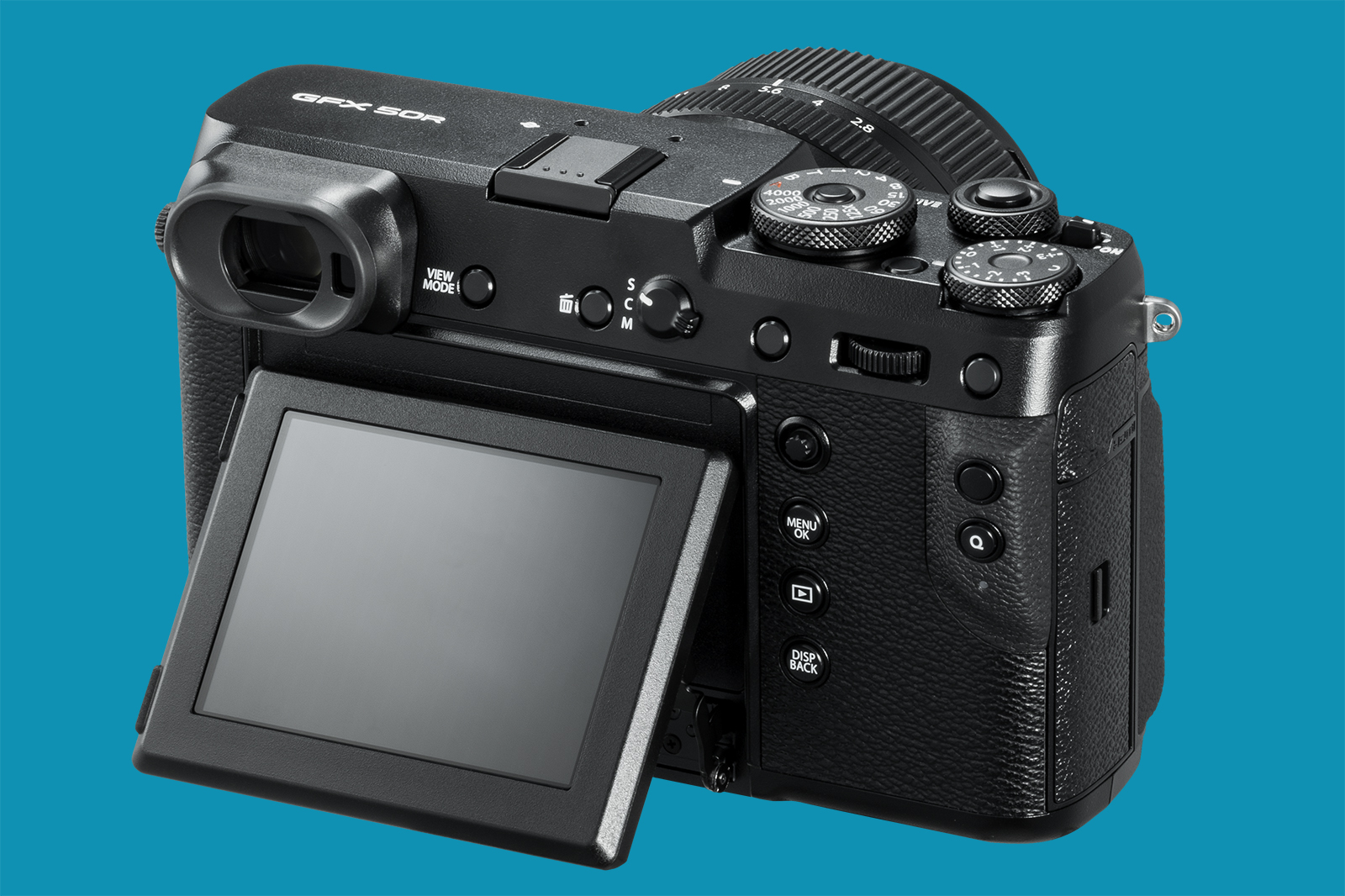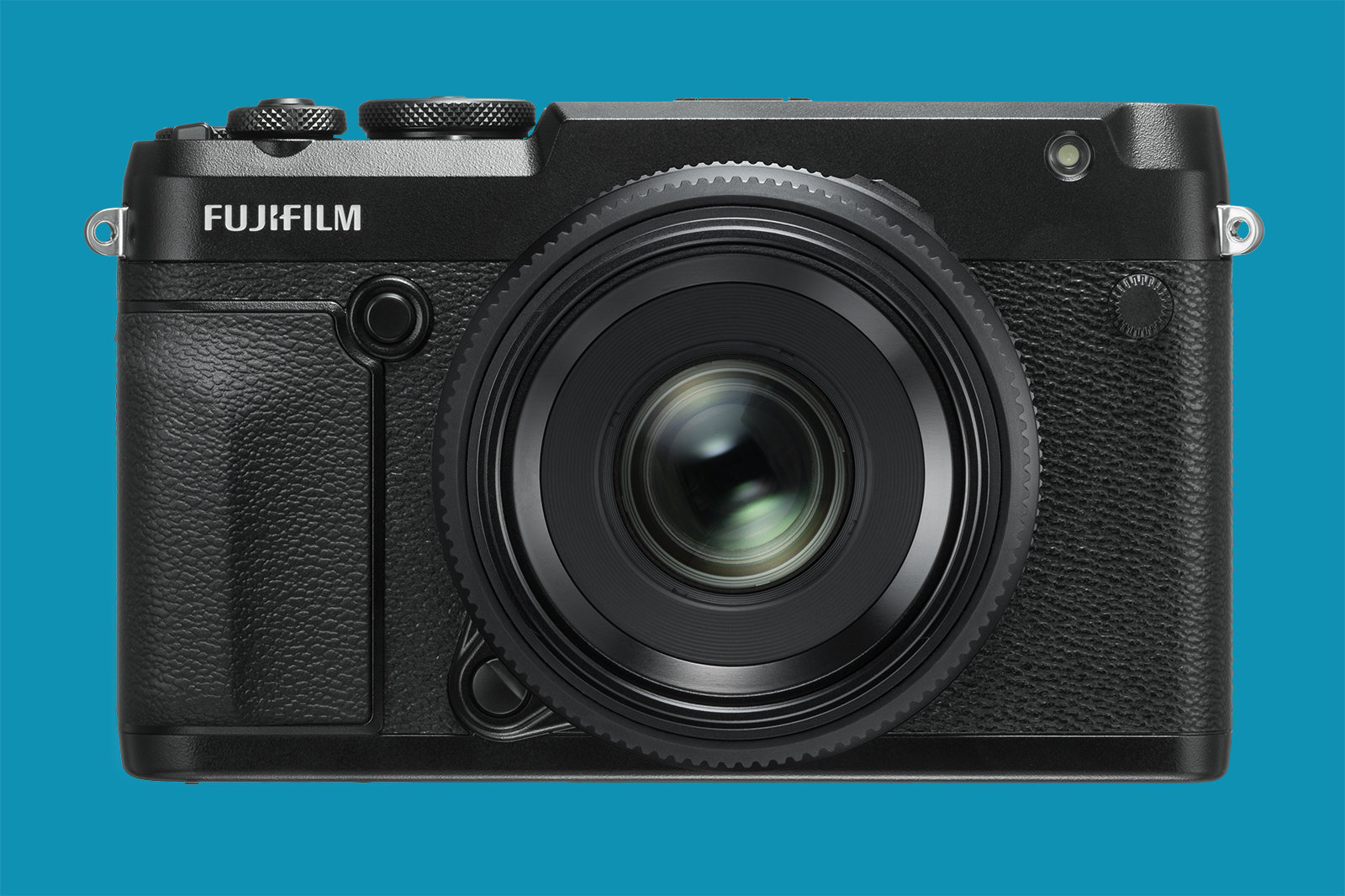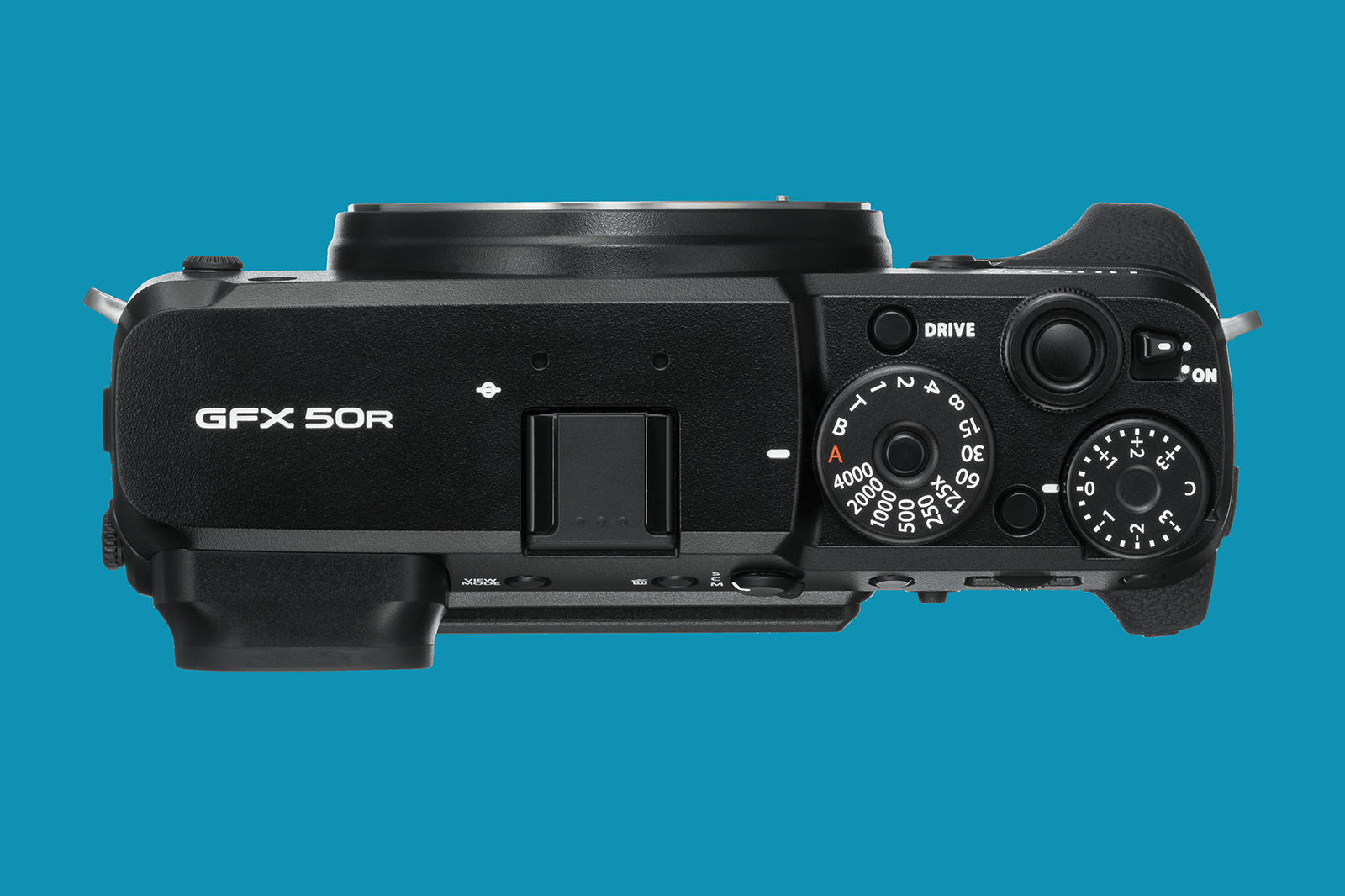Fujifilm just reincarnated the medium-format mirrorless GFX 50S in. Announced September 25 at Photokina, the new GFX 50R uses the same 50MP medium-format sensor as the GFX 50S, but in a smaller, rangefinder-style body. The camera contains the same guts of the GFX 50S but shaves off 145 grams — and $2,000. At $4,500, it isn’t just less than the launch price of the GFX 50S, it’s cheaper than flagship full-frame DSLRs like the Canon EOS-1DX and Nikon D5.
The GFX 50R also uses the same X-Processor Pro from the 50S, rather than the newer X-Processor 4 in the smaller-format X-T3. Image quality and performance should therefore be identical between GFX models. And of course, the 50R includes the film simulation modes that Fujifilm is known for. Even the mechanical focal plane shutter is identical, along with its 1/125-second flash sync speed.
The autofocus system has also not been updated, the 50R making do with the same contrast-detection system as the 50S with 117 points. The camera also maintains the 3 fps burst speed and 30 fps 1080p video.
Where the two cameras differ is in the body. The newer model uses a rangefinder-style body that’s nearly an inch thinner. To achieve this, the 50R had to give up the secondary information display that we loved on the 50S. Fujifilm also made room on the back of the camera by eliminating the selector buttons and using a focus lever to adjust the focus point instead.
The LCD screen is still a tilting touchscreen, but only moves in two directions instead of the three for the 50S. The electronic viewfinder also has a different magnification at .77x (compared to .85x) but maintains a 100-percent coverage area. The ports between the two cameras also differ, with the 50R housing a USB-C port instead of a USB 3.0. Dual SD card slots are also included.
We’re pleased to see that Fujifilm didn’t skimp on the weather sealing, which was one of the great features of the 50S. The 50R is sealed at 64 places and can keep shooting in temperatures down to 14 degrees Fahrenheit. The included battery is rated for 400 shots.
Besides the changes to the body, the 50R does house an entirely new feature — Bluetooth Low Engergy. This allows for automatic image transfers and syncing smartphone settings.
100MP, stabilization, and 4K in medium format
While the GFX 50R will bring the medium format family to a lower price, Fujifilm also teased a camera on the higher end of the spectrum: the GFX 100-megapixel concept. With an expected price in the ballpark of $10,000, this will be a serious professional machine. It will be built around an entirely new sensor and the X Processor 4 image processor. What’s more, it will have phase detection autofocus across the frame, in-body image stabilization, and 10-bit 4K/30 video — all world firsts for a medium format camera.
Few other details exist about the concept camera at this time, which is planned for a 2019 release.
Additionally, Fujifilm also expanded its lens roadmap today, announcing the development of the Fujinon GF100-200mm F/5.6 R LM OIS WR, the GF50mm f/3.5 R LM WR, and the GF45-100mm f/4 R LM OIS WR lenses. The 50mm will be the lightest in the series, while the zoom lenses offer more versatility. The lenses will bring the total number of GFX lenses to 11.
Editors' Recommendations
- Fujifilm’s GFX 50S II is the cheapest medium-format camera ever
- With a 50-megapixel sensor, the Hasselblad 907X 50C is vintage in looks only
- Hasselblad’s sleek new X1D II 50C is faster and cheaper (and looks great)

